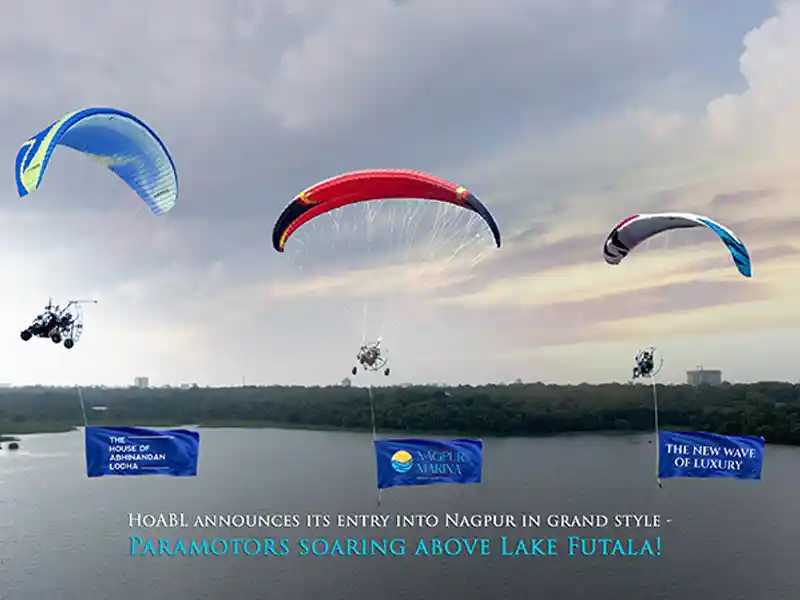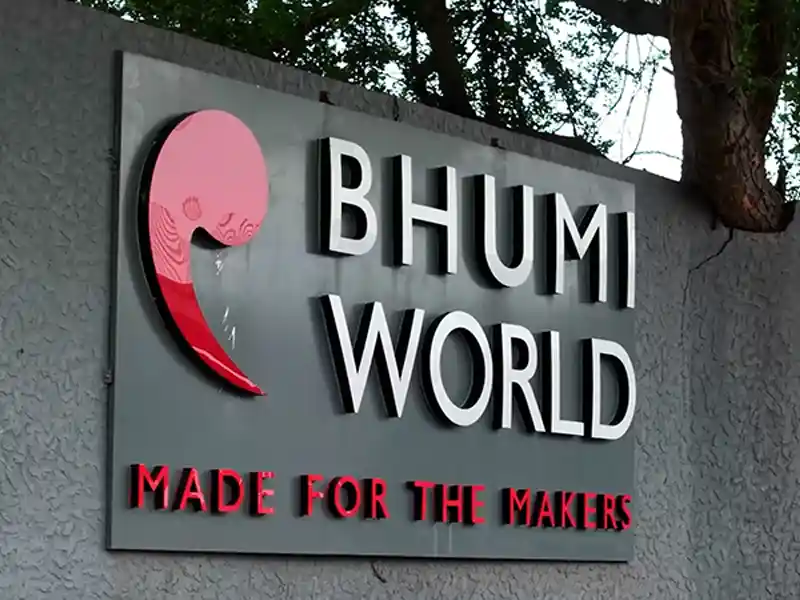
Decarbonization of the built environment is complex as the construction sector accounts for about 39% of energy-related carbon emissions emanating from building materials, construction, and operations.
“The real estate sector now has a serious intent to reduce operational emissions over the last few years. Sustainability rating schemes such as LEED and BREEAM have become more popular, signifying the groundwork towards green buildings. At the same time, it is important for businesses to address net zero built environment throughout the life of a building. This starts from material procurement and supply chain to construction completion, and, importantly, building maintenance. These can be done through aggressive R&D resulting in innovation, and adopting an inclusive approach towards decarbonization”, says Antao Argenio, COO, Colliers India.

Developers’ approach
There is a perceptible shift seen in developers’ preferences towards developing high performing assets to reduce environmental impact. Typically, green buildings are seen to have higher occupancy levels and rental premiums. This has led developers to prioritize sustainability in their real estate portfolios. Their aim is to:
- Adopt design-led approach wherein measures for decarbonization start from the planning stage.
- Address areas for improvement in existing buildings, especially in terms of renovations and replacement of materials.
- Aim for green certifications in early stages of construction.
- Efficient management of carbon during deconstruction of building through recycling and reusing residual waste.
Owing to the benefits such as lower operational costs, improved indoor environment, low carbon footprint, and stronger brand positioning, occupiers are increasingly preferring high performance buildings. Green buildings also give higher returns and increased workforce productivity.

Occupiers and developers are increasingly collaborating by entering into green leases, as they advance their commitments towards net-zero transition. Green leases are agreements between landlords and occupiers where both parties undertake specific responsibilities to improve environmental performance of the building.
“Decarbonization of the built sector is pivotal in achieving global carbon reduction goals, paving the way for a more sustainable and greener and an inclusive future. It is imperative to adopt a lifecycle approach from construction to operation and maintenance, and the final disposal of the built structure. This necessitates a collaborative approach amongst investors, developers, and occupiers, to achieve net-zero commitment. They need to identify aspects and create strategies around sustainability, to especially lower carbon emissions,” informs Vimal Nadar, Senior Director & Head of Research, Colliers India.

Government’s approach
- Increasing investments in R&D
- Create standardized building codes
- Provide incentives for green retrofitting and development of high-performance buildings
- Targeted education at various levels















